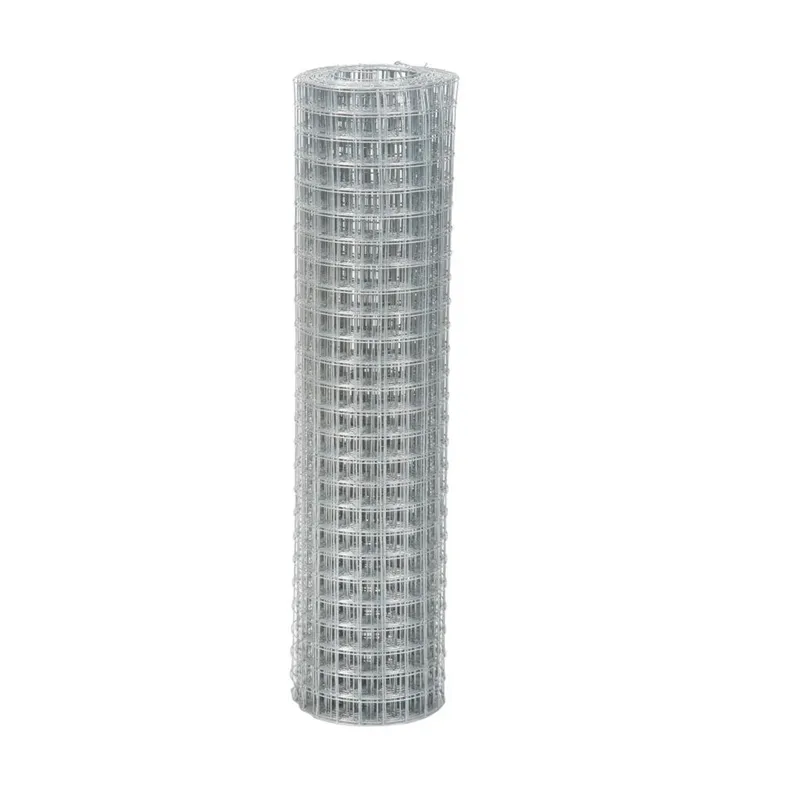wire mesh for wall plastering
Nov . 12, 2024 18:11
The Importance of Wire Mesh in Wall Plastering
Wall plastering is an essential process in construction and interior design, providing not only aesthetic appeal but also structural integrity. Among the various materials and techniques used in plastering, wire mesh has emerged as a critical component that enhances the durability and overall effectiveness of the plastering process. This article explores the significance of wire mesh in wall plastering, its advantages, installation techniques, and applications.
Understanding Wire Mesh
Wire mesh is a grid-like structure made typically from steel or other metal alloys. It consists of a series of interconnected wires that form a mesh pattern. Available in different sizes and gauges, wire mesh is versatile and can be used in various construction and architectural applications. In plastering, it serves the crucial role of providing support and stability to the plaster layer applied on walls.
Advantages of Using Wire Mesh in Plastering
1. Enhanced Stability One of the primary benefits of using wire mesh in wall plastering is the added stability it provides. The mesh reinforces the plaster layer, making it less prone to cracking and detachment. This is particularly important in areas where there is constant movement or where the building structure may settle over time.
2. Improved Adhesion Wire mesh offers a rough surface that promotes better adhesion of the plaster to the wall, reducing the probability of peeling or flaking. This can lead to a smoother finish and longer-lasting results.
3. Load Distribution By distributing the weight of the plaster across a larger area, wire mesh minimizes stress on any single point of the wall. This feature is vital in preventing localized failures and extending the life of the plaster finish.
4. Flexibility with Different Materials Wire mesh can be used with a variety of plaster types, including cement, lime, and gypsum-based plasters. This versatility allows builders and contractors to select the most suitable materials for their specific project requirements.
5. Resistance to Environmental Factors Wire mesh aids in protecting the plaster from environmental factors such as moisture and temperature changes. This protection is particularly beneficial in regions with high humidity or extreme weather conditions, where plaster is often at risk for deterioration.
wire mesh for wall plastering

Installation Techniques
To optimize the effectiveness of wire mesh in wall plastering, proper installation techniques are crucial. Here are some steps typically followed during the installation process
1. Surface Preparation Before installing the wire mesh, ensure that the surface of the wall is clean, dry, and free of any debris. This preparation helps the wire mesh to adhere better and provides a stable base for plastering.
2. Cutting and Placement Cut the wire mesh to the appropriate size, ensuring that it fits seamlessly over the surface area to be plastered. The mesh should overlap slightly at the seams to provide continuous reinforcement.
3. Fastening the Mesh Use appropriate screws or anchors to secure the wire mesh to the wall. The fastening should be tight enough to hold the mesh in place without any sagging, as this can compromise the plaster’s effectiveness.
4. Applying Plaster Once the wire mesh is securely in place, the plaster is applied over it. The plaster should be spread evenly to fill the spaces in the mesh and create a smooth finish. It is important to apply multiple layers if necessary, allowing each to cure according to the manufacturer's specifications.
5. Finishing Touches After the plaster has dried, further finishing processes like sanding and painting can be performed to achieve the desired aesthetic look.
Applications of Wire Mesh in Plastering
Wire mesh is commonly used in various applications, including residential and commercial buildings, as well as in renovation projects. It is particularly beneficial for plastering exterior walls, where exposure to the elements is a concern, and in areas that require added stability, such as in bathrooms and kitchens.
In summary, wire mesh is a vital material in wall plastering that enhances durability, stability, and adhesion. Its incorporation into the plastering process not only contributes to the longevity of the plaster but also improves the overall quality of construction. By understanding the importance of wire mesh, builders and homeowners can make informed decisions that lead to better results in their plastering projects.




















